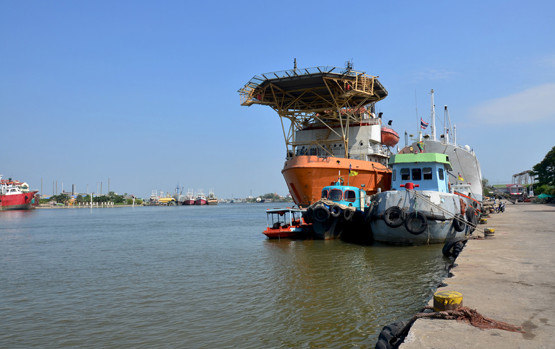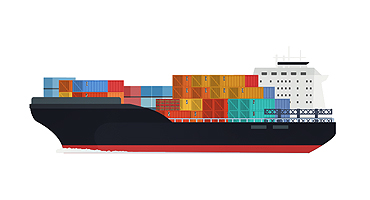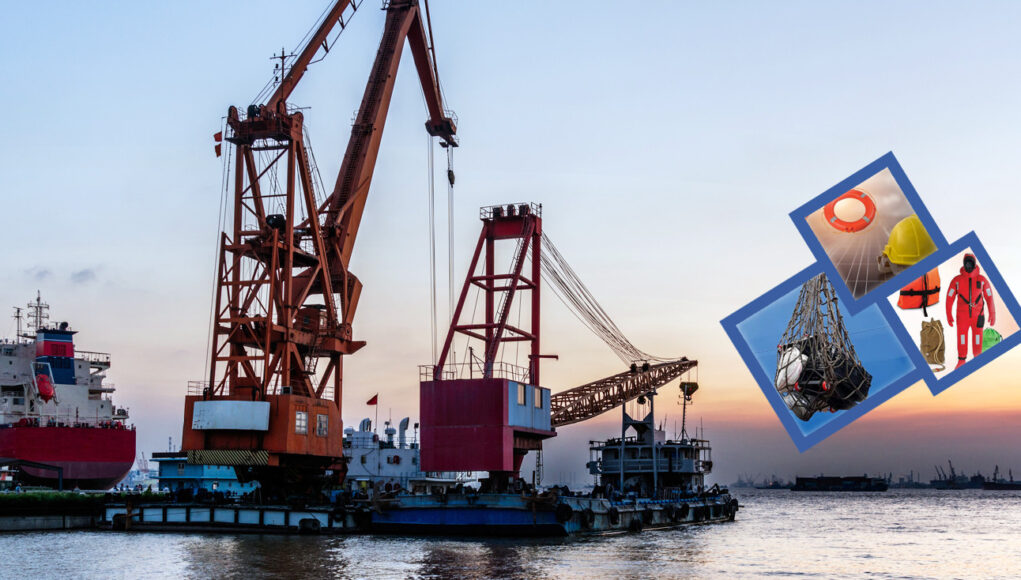Last Updated on April 23, 2024 by Umer Malik
The cruel truth is that shippers constantly look for ways to reduce expenses in the supply chain to improve their operational efficiency, specifically when it relates to inventories and transportation. This is true in the case of logistics customers. Freight Directory or freight forwarders may set themselves apart from the competition by assisting shippers in managing their logistics more effectively. Small and large businesses are leading the drive to digitize their operations with the help of a future group of logistics specialists.
What Must Be In Freight Forwarders Tech Stacks?
Corporate leaders are putting a lot of emphasis on adopting technology and making it the foundation of their business, which enables them to go beyond being a freight or logistical service provider. The race to develop market-leading positions based on the newest breakthroughs is underway as industry competition heats up, with key competitors competing to provide the best consumer experience.
Transport Sourcing And Dispatching Using SaaS
A software-as-a-service (SaaS)-driven carrier procurement and dispatching procedure is now necessary for any successful freight forwarders directory technology stack. A shipping company can link the entire top-down supply chain with an advanced SaaS product. Additionally, they can shorten the intervals between pointless calls, texts, and emails. Their main priorities would be productivity and initiative.
CRM Software Integrated
The first part is simple to comprehend. A client relationship management tool or application is a requirement for a logistics company management solution. This comprehensive interaction and communications log for freight forwarding unite the whole network in a single frame. The CRM’s technology should also allow customer care teams to collaborate more effectively. Commercial intelligence is essential for advising clients and providing above-average service levels, differentiating the business and enticing customers to return time and time.
Analytics In The Cloud
Shippers ports directory for freight freight forwarders requires cloud-based analysis and embedded CRM. Cloud-based analyses provide information on all facets of cutting-edge freight forwarding technologies. What else? Research that relies on artificial intelligence and human brain power is the stepping stone to more advanced uses of computerization. For instance, advanced mechanical measurement automation can use ML and AI to learn how to manage particular freight cases and transform human requests or issues into automated measures. As a result, forwarders may focus on acquiring, reserving, and maintaining customers rather than worrying about potential outcomes.

A Platform For Advanced Document Management
Another core component of the tech stack that a modern freight forwarder must use is a comprehensive computerized report at the board level. Every data is present in a sophisticated manner, related documentation, amassing and recovery structure, eliminating worries about doing desk work and streamlining other activities. Additionally, it engages customers with more professional customs and exchange consistency drills. This directly encourages automated freight settlement processes and exercises that reduce the instalment clock while providing results directly to the customers and clients.
Utilize the Proper Freight Forwarding Technology
Logistics Directory and computerized freight forwarding innovations phase should fit all activities and simplify administration, no matter where an organization is in the period of progressive change. Similar results should lead to more appointments, successful freight across the board, and greater client care standards. Advanced cycles, ongoing knowledge, and computerized administrative centre management should all benefit from a robust freight forwarding tech stack, which should also provide additional intelligence to keep the boat purposefully moving forward.
Technology’s Impact On Freight Forwarding
Currently, the e-commerce sector, ocean carriers, and new logistics advanced analytical techniques pose a threat to freight forwarders, enticing established firms to focus on automation and technology. The consumer data and analytics that form the basis of the technology integration that will upend the logistics sector are vital. Integrating technologies such as artificial intelligence, IoT, device security, and others will be built on this data assimilation. How might technology be incorporated into the established freight forwarding sector? Finding the individuals who are the major market participants and can effectively drive change is the first stage.
Digital Logistics Industry Disruptors
Although the market is built on the size of consumers and businesses, the new digital wave includes another disruptor: digital freight forwarders. These businesses are using technology solutions and online equipment to change how cargo is packed and sent around the globe. The logistics sector is today supported by security and transparency, made possible by digital tools that guarantee cost optimization and organizational productivity.
Advances In Technology In The Industry
The most extraordinary thing about technical unification is that it doesn’t require a significant investment; instead, it’s an agile invention that improves the effectiveness and intelligence of all operations. Here are some tech advancements altering the freight forwarding sector’s norms.
Devices Based in the Cloud
Given that information on the capabilities of private fleets is now freely accessible, the productivity of the freight business is poised to improve enormously. Since cloud-based businesses can use cloud services to store this data and serve as a central location for all the knowledge about transit, docking, and stockpiling that can boost operational effectiveness and productivity.
Internet Of Things
Although it may seem unclear, the Internet of Things (IoT) is a technology that can streamline commercial processes. It can completely change the supply chain from fleet management to inventory control. Improved IoT transparency makes tracking and accessing cargo easier in real time; barcode integration increases security; predictive maintenance ensures proper asset utilization; geo-fencing makes it possible for warehouse operators to successfully create virtual boundaries to generate targeted alerts and protect the cargo inside the perimeter.
Machine Learning In Advance
Logistics businesses may identify patterns using advanced machine learning to use this predictive expertise and make more informed business decisions. Machine learning develops algorithms that optimize operation and security by learning from its prior interface. The information gathered from many sources paints a complete picture of the potential hazards. It develops alternative solutions that will promote transparency and aid in preserving money, time, and even lives. For example, AML can identify ports and methods that are both economical and advantageous for businesses.
Advantages Of Technology
Even if technology is still developing in the freight sector, the following advantages show how it is already impacting: It is essential in the volatile freight business to have hands-on access to data at the appropriate moment for the proper users to untangle all the tangles of job management. All the stakeholders are connected via freight ERP software, which also creates internal communication observations that minimise missed information or ambiguity. This doubles output while cutting down on processing time.
Business decisions that require information from data are crucial since complete data is infallible in the automated form of the freight sector. All the data is now gathered at one focal point, thanks to a single piece of software or another digital platform, allowing the management of the company to review activities and gather useful information for making strategic business decisions. The knowledge will help the company grow and provide clients with better services.

Conclusion
The shipping Directory and freight forwarding sector is only at the beginning of a digital revolution. There is an untapped potential that will inevitably grow and bring new technological advancements to the market. Businesses that are flexible and on the cutting edge of the fourth industrial revolution stand a good chance.

















